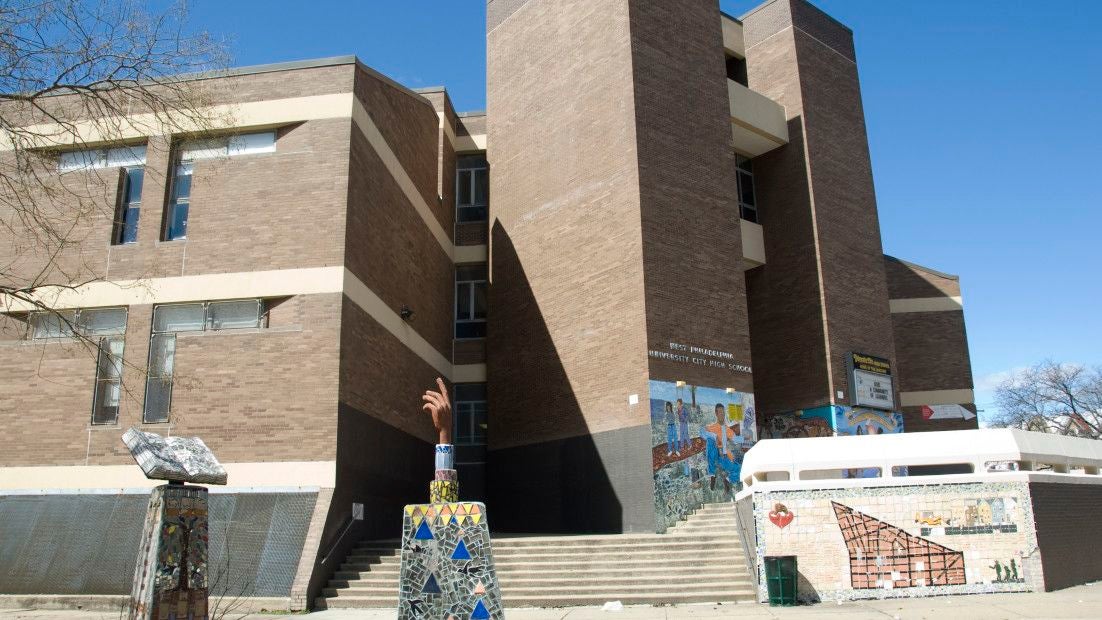If TIFs are good for Center City hotels, they’re good for schools, too

Last week, City Council took the first step in creating a Tax-Increment Financing (TIF) district to help fund a new hotel at 15th and Chestnut. TIF’s allow cities to wager current tax revenue against future property tax appreciation. Traditionally these subsidies are allocated for downtown projects like hotels, convention centers and office buildings in the hope that tax subsidies will catalyze the surrounding neighborhood and lead to increased property and wage taxes. While these projects are often worthwhile, strategically targeted public school investment can also have a tremendous positive economic effect.
To begin, consider the gargantuan “multiplier” effect that the school district has on our economy. The public school system is a massive bureaucracy, and say what you will about inefficient bureaucracies, they spend a lot of money. The School District of Philadelphia employs 20,309 staff and teachers and puts nearly $3 billion into the economy. By contrast, the hotel industry employs nearly 8,000 people with revenues of $640 million.
So for a moment, forget about the fact that the provision of education is a moral imperative (which it is) or that the current schools crisis will affect our city’s future economic vitality (which it will) – and consider that, just like tourism, our school district has a tremendous economic impact on our neighborhoods and the region as a whole.
Given these market outcomes, maybe it’s time that the City and the School District consider public/private partnerships as a school financing tool. This is not a plea for more Charter schools which siphon money out of School District coffers. This is about leveraging our assets to raise more money for schools – not the least of which, is a real thirst for housing in quality school catchments.
Here’s one idea: I recently estimated that the now-closed University City High School wedged between Penn and Drexel could be worth more than $30 million. The School District could lease a piece of the massive parcel to Drexel for its proposed public school, and then use the remainder of the land to lure new private development to complement the Science Center/30th Street Station real estate boom. This would convert now vacant land into two new sources of revenue.
Among the more attractive features of the TIF program is that the developer is on the hook even if property taxes increases are not sufficient for paying down the bond. Given this fact, it is surprising that TIF isn’t used more often, particularly considering how it’s become almost the de facto development tool elsewhere. Chicago alone has 163 active TIF projects.
Many people also don’t realize that the School District of Philadelphia is one of two entities (Council is the other) that vote on TIF projects. This means that if it wanted to, the School District could wield its voting influence in prioritizing development projects that favor its own mission.
If that sounds shady to you, let me reiterate the facts. The School District’s lone agenda is to educate our children. It is 1 of 2 entities that have a say in who gets TIF financing. It currently owns tens of millions of dollars worth of vacant real estate on huge land parcels throughout the City.
Capitalizing on these realities, in an effort to increase school quality, the School District itself could float a small (several million dollar) TIF bond to revitalize a vacant school building and bundle it with educational improvements (better teachers, etc.) and non-profit financed, affordable housing development. The incremental increase in residential property tax revenues could then be used to service the loan. This strategy is similar to the School Improvement District concept I’ve previously discussed.
In this case, unlike the hotel TIF, no one could argue that the TIF prevents the City from collecting the incremental tax revenue increases for the 20-year life of the bond. The School District doesn’t pay property taxes on its schools to begin with.
In fact, such an intervention might have tremendously positive property tax repercussions. My own research has shown that home buyers value quality schools in Philadelphia and are willing to pay substantial price premiums to buy homes in quality catchments. Given this real estate “spillover” effect, it is likely that a good school would translate in to massive property tax increases in the surrounding neighborhood (hence the need for new, affordable housing).
These gains might even be greater than the property tax effects of a new hotel in Center City.
The one downside of this plan is the otherwise attractive notion that the developer is responsible for the remainder of the bond not covered by the incremental property tax increases. If the School District is the “developer”, it would mean that taxpayers would be on the hook for the shortfall. One potential solution to this conundrum might be the Pennsylvania TIF Guarantee Program that “guarantees all or part of a TIF bond issue, up to a maximum amount of $5 million per project.”
Pennsylvania has this program in place in order to “promote increased use of tax increment financing by local governments statewide as a tool for economic development.” If you think about it, there is no greater form of economic development than increasing the skills and knowledge of our future workforce. Across a multitude of studies, the average private return (read: wages) for one additional year of education in the U.S. is 10% – a staggering number.
All of this is to say that if the struggles of the last year have proven anything, it is that Pennsylvania state politicians are unlikely to appropriate more cash for our schools down the line. We should continue to press the state for a fair shake and for more support, but at the same time let’s try to think outside the box. Given the return on investment for education, if our “extra” tax dollars are good enough to subsidize Center City hotels, then no question, they are good enough to support our neighborhood schools.
Ken Steif is a Doctoral Candidate in the Graduate Group of the City & Regional Planning Program at the University of Pennsylvania. You can follow him on Twitter @KenSteif
WHYY is your source for fact-based, in-depth journalism and information. As a nonprofit organization, we rely on financial support from readers like you. Please give today.




